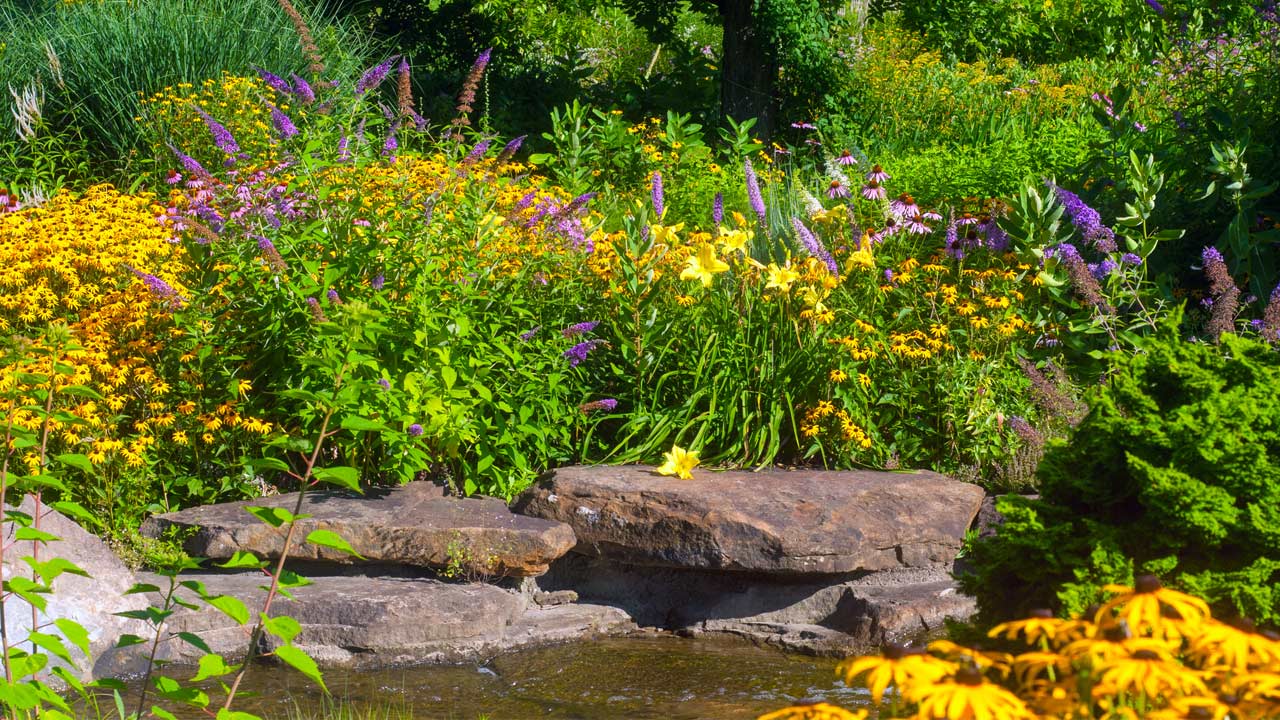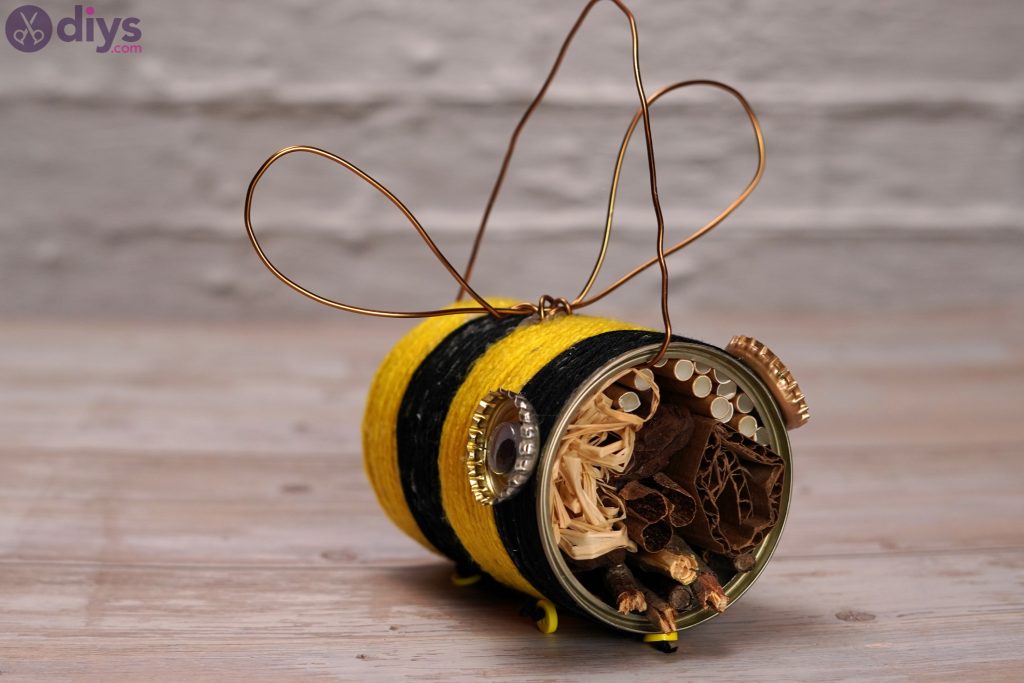
Many urban gardeners are noticing a decline in bee populations in their backyards and balconies, producing lower yields and reduced quality, size, and flavor of the food grown. These hard-working insects are suffering from many pressures globally including chemical herbicides, viruses, mites, genetically modified crops, and harsh weather conditions. In the end though, regardless of what the neighbors whisper about you, you can pat yourself on the back for doing your part to help our environment.Bees help fertilize up to 90% of the earth’s major food crops, including what you likely put on your plate every day. It may take even longer to get used to not using pesticides, herbicides, or cutting the lawn every week. It may take a little time to get a bee-friendly lawn established but will be well worth it in the long run. Placing bee hotels around your lawn will also attract native pollinators. Some good lawn plants for pollinators include:įescues and Kentucky bluegrass will also attract pollinators when left to grow 3 inches (8 cm.) or taller. Most lawn grasses are actually pollinated by the wind however, a pollinator friendly lawn grass should contain other low-growing plants besides grasses.

These new lawn practices may not exactly make you the most popular person in the neighborhood, but you’ll be helping out important pollinating insects. Pesticides, herbicides, and fertilizers should not be used on pollinator friendly lawns. A bee-friendly lawn will also need to contain some weeds and non-grassy plants to attract pollinators. This longer grass also helps the lawn retain moisture. Systemic lawn insecticides cause nearby flowers and their pollen to contain these chemicals, which weaken bees’ immunity or kills them.Ĭreating pollinator friendly lawns means allowing your lawn grasses to grow 3 inches (8 cm.) long or taller, forming flower heads and seeds to attract pollinators. However, the insecticides, herbicides, and fertilizers we dump on our lawns can be extremely harmful to pollinators. Perhaps this longing for a perfectly trimmed, lush, green lawn is embedded in our DNA even now, as we compete with our neighbors to have the best lawn on the block.

Middle and lower-class families coveted these lawns of the wealthy. These lawns were usually kept trimmed by goats or hand cut by scythe. It was a sign of stature to be able to have an open lawn that didn’t need to be used for crop production. Creating Pollinator Friendly Lawn Grassīefore the invention of the lawn mower in the 1830’s, only rich aristocrats had large, perfectly manicured grassy lawn areas for entertaining outdoors.
#CREATE A BEE GARDEN HOW TO#
This article will help with how to create a bee-friendly yard.

With the fate of many pollinators hanging in the balance these days, it may be time to reconsider the pure grass, well-trimmed lawn and start creating pollinator friendly lawns instead. You rush out and buy chemical grub control and douse your lawn, thinking only of killing those darn grubs, not the potential damage it could also cause our pollinators. Then in midsummer or early fall, you spot a few brown, dead patches in your pristine lawn, most likely caused by grubs. So, you’ve created pollinator friendly flower beds in your yard and are feeling pretty good about what you’ve done to help our environment.


 0 kommentar(er)
0 kommentar(er)
